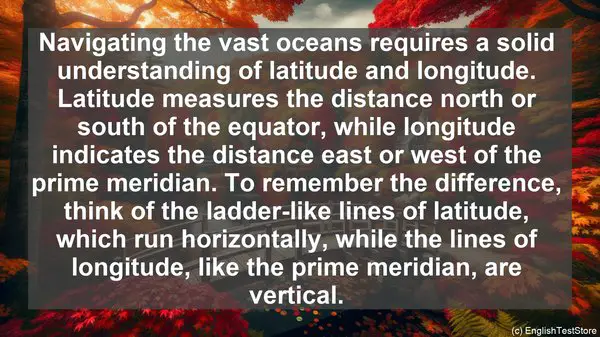Introduction
Welcome to today’s marine engineering lesson. In this lesson, we will be diving into the world of terminology. Specifically, we’ll be focusing on the top 10 commonly confused words in marine engineering. So, let’s get started!
1. Buoyancy vs. Stability
One of the first pairs of words that often cause confusion is buoyancy and stability. While both are crucial concepts in marine engineering, they refer to different aspects. Buoyancy is the upward force that keeps a vessel afloat, while stability relates to the vessel’s ability to maintain an upright position. Understanding the distinction between these two terms is essential for ensuring the safety and efficiency of a ship.

2. Port vs. Starboard
Another set of words that can easily be mixed up are port and starboard. These terms are used to indicate the left and right sides of a vessel, respectively. Remembering which is which can be challenging, but a handy trick is to associate the number of letters in each word. ‘Port’ has four letters, just like ‘left,’ while ‘starboard’ has nine letters, similar to ‘right.’
3. Bow vs. Stern
When it comes to the front and back of a ship, the terms ‘bow’ and ‘stern’ are used. The bow refers to the forward part, while the stern is the rear. A simple way to remember this is to think of a bow tie. It’s worn at the front, just like the bow of a ship.
4. Latitude vs. Longitude
Navigating the vast oceans requires a solid understanding of latitude and longitude. Latitude measures the distance north or south of the equator, while longitude indicates the distance east or west of the prime meridian. To remember the difference, think of the ladder-like lines of latitude, which run horizontally, while the lines of longitude, like the prime meridian, are vertical.
5. Knot vs. Nautical Mile
Both knot and nautical mile are units of measurement used in marine engineering. A knot is a unit of speed, specifically one nautical mile per hour. On the other hand, a nautical mile is a unit of distance, equivalent to one minute of latitude. So, while a knot tells you how fast you’re going, a nautical mile tells you how far you’ve traveled.
6. Draft vs. Depth
Draft and depth are terms often used when discussing a ship’s measurements. Draft refers to the vertical distance between the waterline and the lowest point of the vessel, usually the keel. Depth, on the other hand, is the distance between the waterline and the seabed. While both are measurements of distance, they are taken in different directions, making them distinct.
7. Tonnage vs. Displacement
Tonnage and displacement are frequently used to describe a ship’s size or capacity. Tonnage refers to the weight of the vessel, including cargo, fuel, and other items. Displacement, on the other hand, is the weight of the water displaced by the ship. While tonnage is a measure of weight, displacement is a measure of volume.
8. Horsepower vs. Thrust
Horsepower and thrust are terms often encountered when discussing a ship’s propulsion. Horsepower is a unit of power, indicating the rate at which work is done. Thrust, on the other hand, is the force that propels the ship forward. While horsepower is a measure of power, thrust is a measure of force.
9. Lubrication vs. Friction
In the world of machinery, lubrication and friction are two opposing forces. Lubrication involves applying a substance, such as oil or grease, to reduce friction between moving parts. Friction, on the other hand, is the resistance encountered when two surfaces come into contact. Proper lubrication is essential for minimizing friction and ensuring the smooth operation of marine machinery.

10. Corrosion vs. Oxidation
The last pair of words we’ll be discussing today is corrosion and oxidation. While both involve the deterioration of a material, they occur through different processes. Corrosion typically refers to the degradation of metals due to chemical reactions, while oxidation is specifically the reaction of a material with oxygen. Understanding the causes and effects of both processes is crucial for maintaining the integrity of marine structures.
